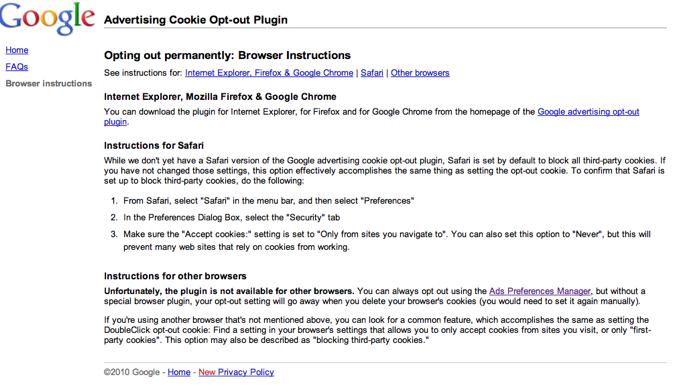February 28, 2012
Politics, Copyright and the First-Amendment Commons
February 21, 2012
On the eve of the Republican primary in Florida, the Romney campaign started running a new television ad called “History Lesson.” Romney was coming off Newt Gingrich’s double-digit win in South Carolina and the momentum in the campaign for the 2012 Republican seemed to be shifting, perhaps decisively, in Gingrich’s favor. With only ten days between primaries, the Romney campaign needed a new, hard-hitting approach and it needed to act quickly.
There can be little doubt about why the Romney campaign chose to run the clip from the Nightly News. The campaign wanted to hit Gingrich with what they say as a strong charge against him and they wanted to avoid accusations that they had cherry-picked the facts for the ad. What better way to do that than to use the expression of a highly-regarded, wholly independent source, such as Tom Brokaw and the Nightly News.
Brokaw and NBC saw the matter differently. As was widely reported, on January 28, 2012, three days before the Florida primary, NBC sent a letter to the Rommey campaign asking the campaign to cease using NBC news material in Romney campaign ads. NBC had made similar requests of other campaigns that had used material without first seeking permission from NBC. Brokaw himself was quoted as saying that “I am extremely uncomfortable with the extended use of my personal image in this political ad” as Brokaw did “not want my role as a journalist compromised for political gain by any campaign.”
The letter istelf (a copy is available at Politico.com) is short and to the point. The material used in the Romney ad was under copyright and the Romney campaign was using the material without permission. The letter further suggested that the way in which the material was being used suggested that NBC had consented to its use. And beyond copyright, NBC complained that “this use of the voice of Mr. Brokaw and the NBC News name exploits him and the jouralistic credibility of the NBC News.”
We start with legal issues and then turned to bigger picture considerations. On copyright, the core structure of copyright’s fair use is use without permission. To complain of use without permission is simply to complain about how copyright is organized, which is fine, but when we think of what scope fair use should have the use by the Romney campaign seems as fair as it can get. It is apparent to all, I think, that the reason the campaign used the materials was precisely that NBC and other leading news organizations are seen as having journalistic credibility. The Romney campaign wanted to offer up an independent framing of the 1997 ethics charge, not one that was somehow seen as concocted by the Romney campaign. A 15-year old news clip was the perfect was to do this. And, of course, the age of the clip meant that no one could seriously think that NBC or Brokaw were, in 1997, endorsing the 2012 Romney campaign.
Beyond this, the trump card that NBC and Brokaw sought to play would seem to mean that professional video representations of historical facts would simply be taken off of the table for political campaigns. It is hard to see how NBC and similar organizations could ever consent to use, given that consent itself would seem to be inconsistent with the neutral role of news organizations. Far better to have the fair use regime, where there is no consent and no sense of endorsement by a news organiation of one campaign over another.
Then we get to the bigger picture on this. I have this sense, with more frequency than I would like, that major media organizations think of the First Amendment as something that runs in their favor but never against them. A First Amendment for me but not for thee. It would have been nice if NBC and Mr. Brokaw had seen this as an opportunity to invest in the First Amendment ecosystem. That would have meant acknowledging the legitimacy of the use of the video clip by the Romney campaign and the need for such use in a vibrant democracy. Instead, NBC saw its interest in the narrowest terms possible and threw away a great opportunity to demonstrate how the First Amendment should work in a robust democracy.



